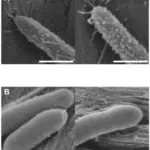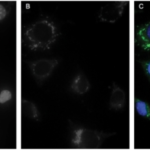Obligate intracellular bacterial infections are bacteria that infect human cells.
Examples of obligate intracellular bacterial infections include:
- Chlamydia
- Rickettsia
What is Chlamydia?
Chlamydia is a common STD that can infect both men and women. It can cause serious, permanent damage to a woman’s reproductive system.
What is the Pathology of Chlamydia?
The pathology of chlamydia is:
-Etiology: The cause of chlamydia is bacteria called Chlamydia trachomatis.
-Genes involved: Not applicable.
-Pathogenesis: The sequence of events that lead to chlamydia are: exposure to the organism and infectivition which survives within the host cell and innate and acquired immunity activated, and then host genetic susceptibility to infection causes the disease.
-Morphology: The morphology associated with chlamydia shows obligate intracellular bacterium and serovars D-K are tropic for the columnar and transitional epithelial cells of the genital tract
-Histology: The histology associated with chlamydia shows lymphoid germinal centers (follicular cervicitis – sensitive but not specific for chlamydia), plasma cells, reactive epithelial atypia.
How does Chlamydia Present?
Patients with chlamydia typically are all genders of all ages. The symptoms, features, and clinical findings associated with chlamydia include: Discharge from penis and testicular pain in men, bleeding between periods and after sex in women, painful urination, and vaginal discharge in women.
How is Chlamydia Diagnosed?
Chlamydia is diagnosed by nucleic acid amplification tests NAATs, swab tests.
How is Chlamydia Treated?
Chlamydia is treated by antibiotics doxycycline, azithromycin.
What is the Prognosis of Chlamydia?
The prognosis of chlamydia is fair. In women, untreated chlamydia can spread into the uterus or fallopian tubes and cause pelvic inflammatory disease.



